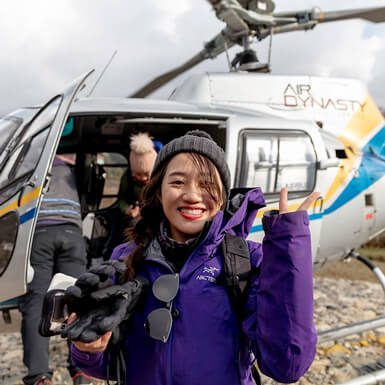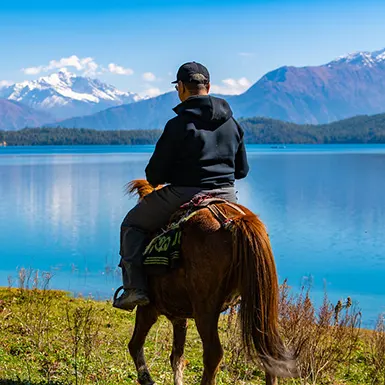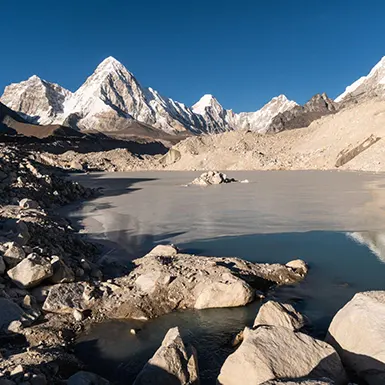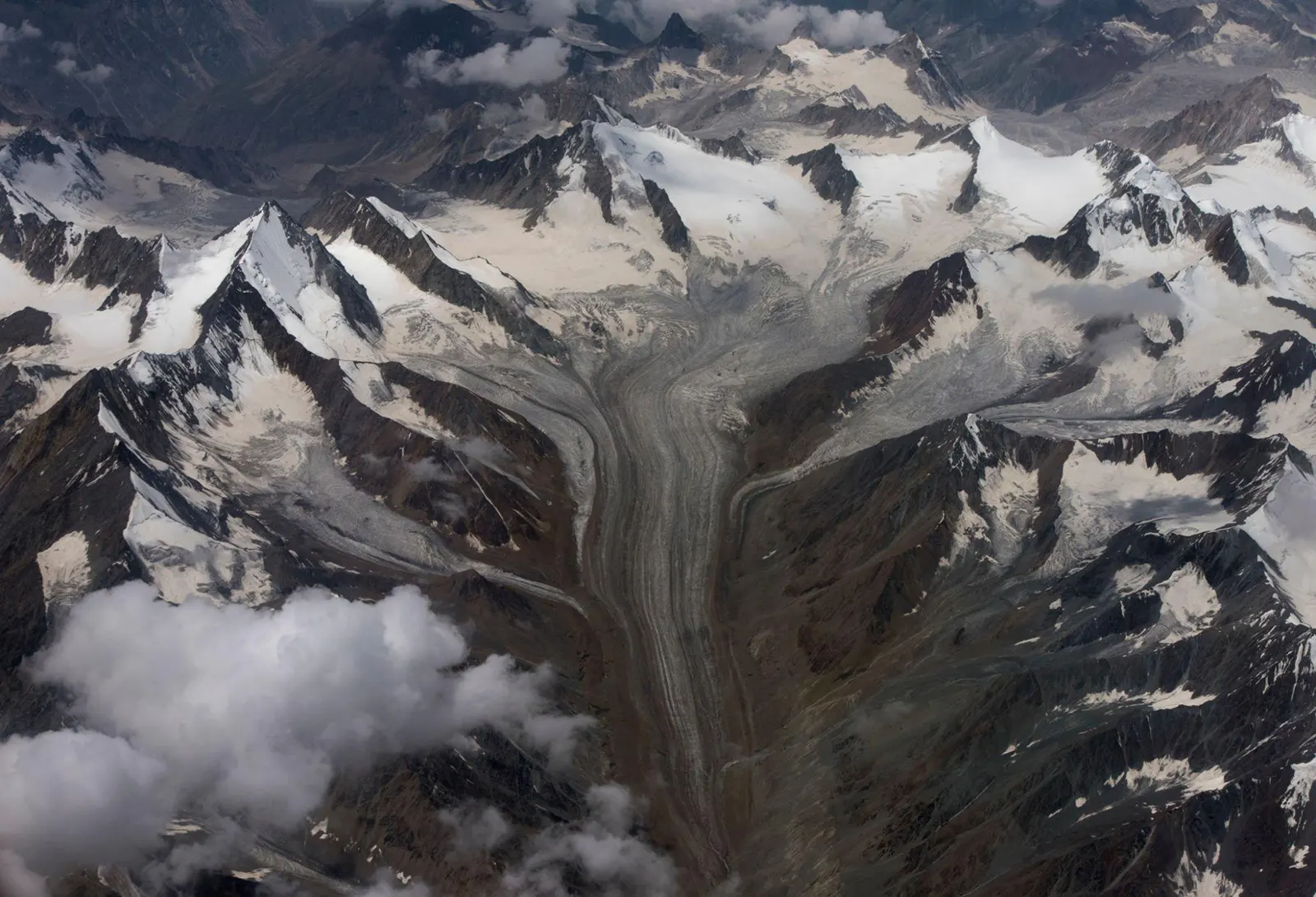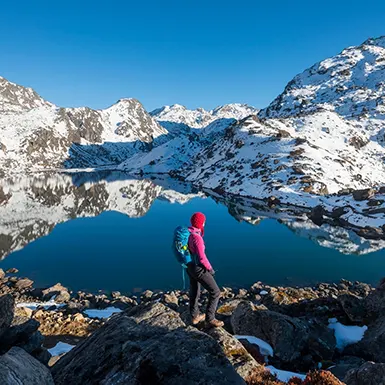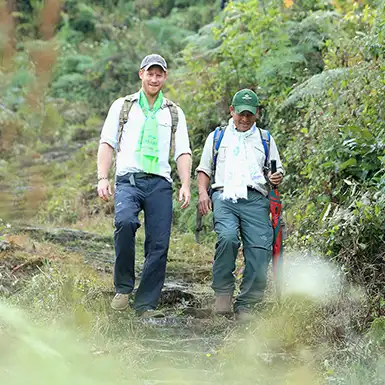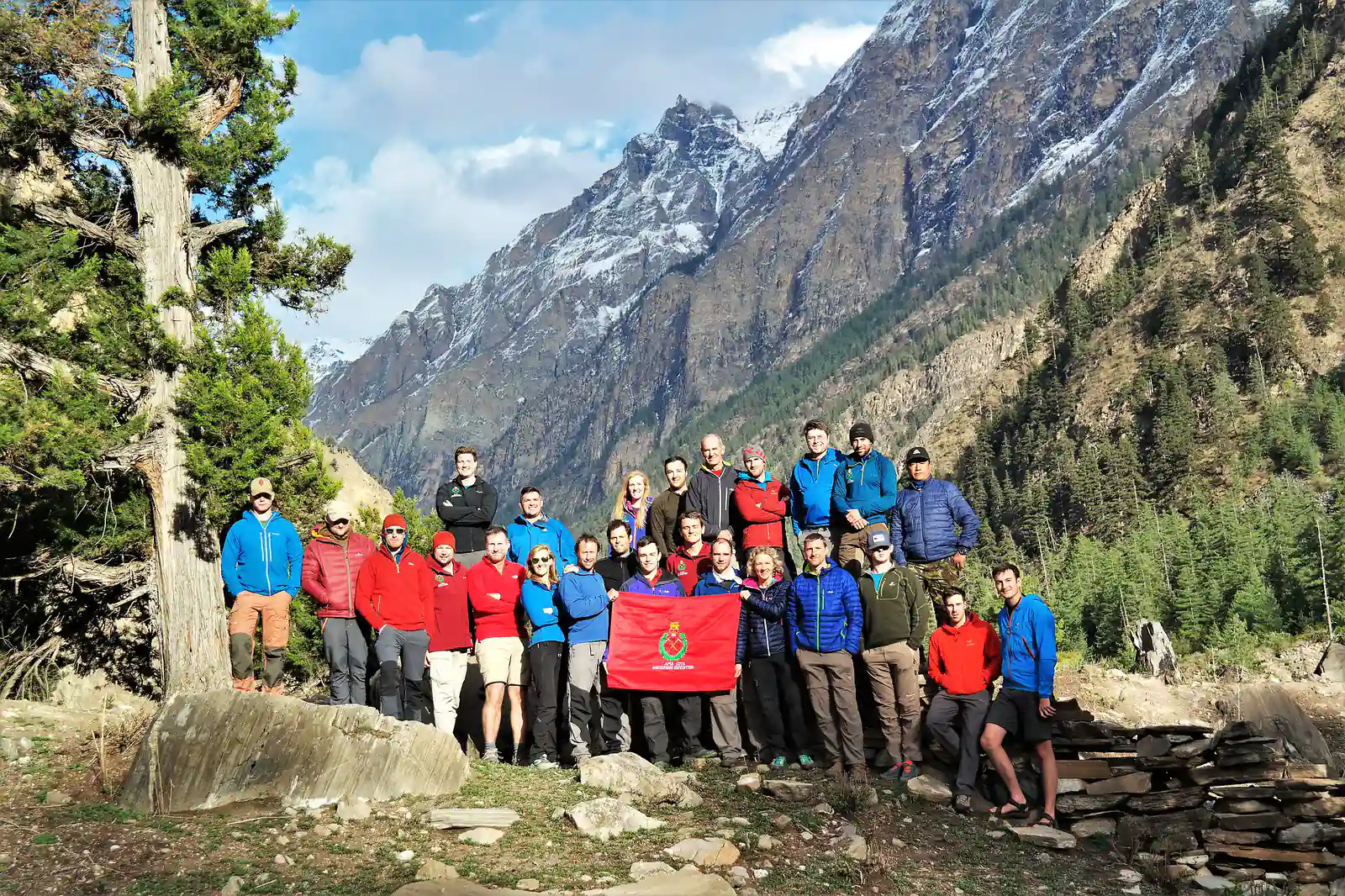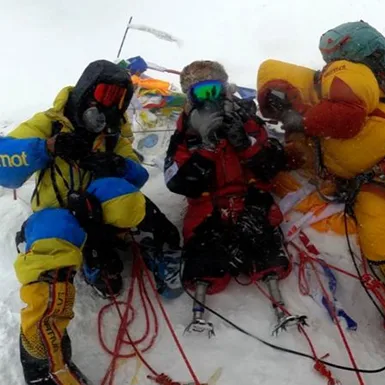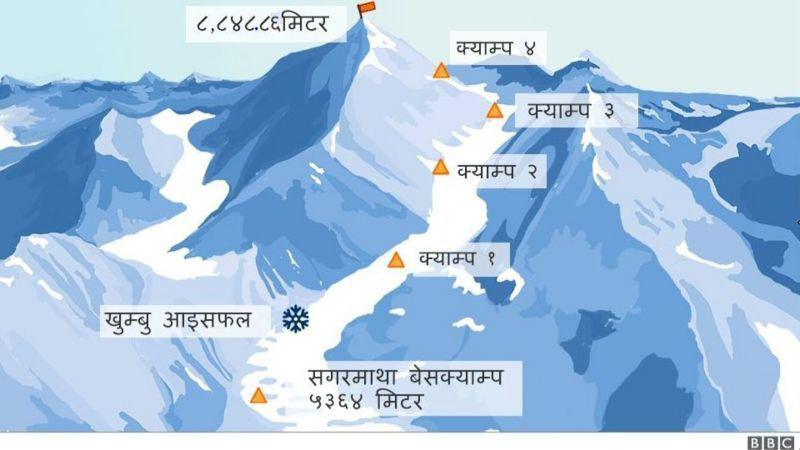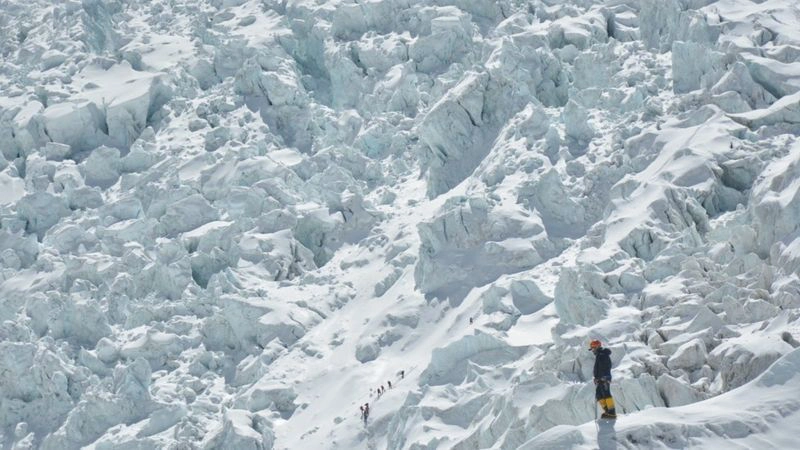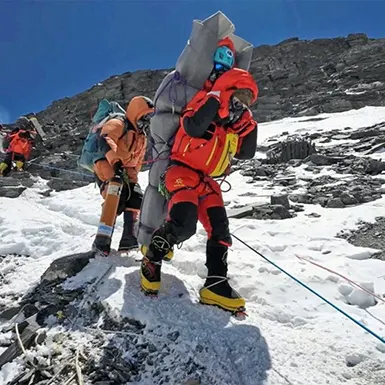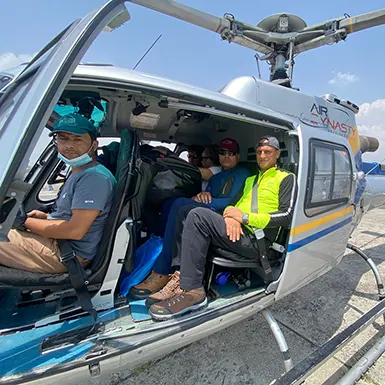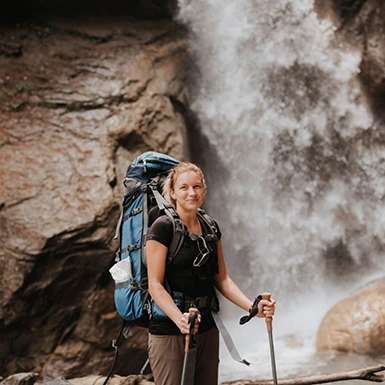What to Expect on Everest Base Camp Trekking – Packing
People usually end up packing lots of things for their trek. Ultimately, they will only be using half of what they packed. Make sure you pack wisely and select essential things. Ask your agency whether they will provide a porter or not. Or else, you can check out our ultimate complete packing list for Everest Base Camp trekking. A porter can take about 25 kg of total baggage. Two trekkers have to share one porter, which means one can only have a maximum of 12.5 kilograms of luggage. So, don’t overpack and make that porter suffer.
When your porter carries your baggage, you can take a small day backpack of 20-30 liters. You can stuff that backpack with the hydration pouch, med kit, snacks, energy bars, and warm clothes. Don’t worry about the security of your baggage, as the porter will drop your belongings in your room once reaching the teahouses.
Showers and personal hygiene
You can quickly get a hot shower at a higher altitude, but you probably don’t want to take a shower risking your life. The cold breeze will make you shiver like hell. During our two weeks of the trek, we only had a shower twice at Namche Bazaar.
Tips: To keep yourself clean, you can use wet wipes, which are much more comfortable and hassle-free. Use with baby powder and dry shampoo could do best for ultimate situations. Due to the lack of running water availability, you won’t be able to wash your hands and face. Ask the restaurant. Don’t forget to carry lots of hand sanitizer and toilet paper. You will need it on every step of your trek.
Related Article
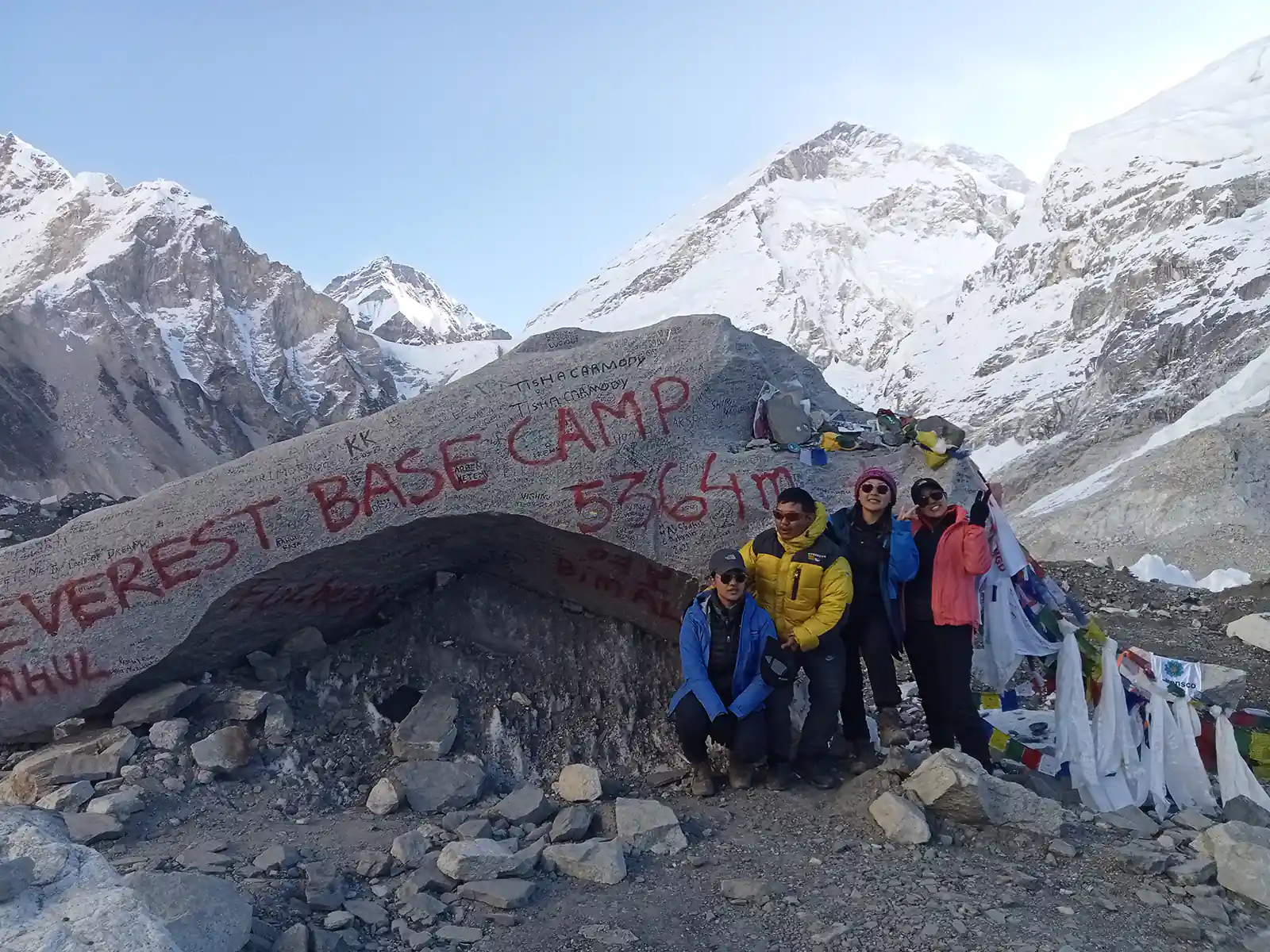
Accommodation
During the EBC trek, you will find the most common accommodation facilities with private rooms and some with attached bathrooms. Don’t expect the place to be heated or equipped with some heating machines. You should bring a perfect sleeping bag to keep you warm and sustain in the cold. Most tea houses are made of wood, meaning you will probably hear everything from the room next door. Try to avoid those noises and try to sleep well.
Tips: We suggest you buy a thermos to pour hot water into. You can drink it at night and in the morning to warm your body in higher elevations. You can also carry a multi-use water bottle, refill it with hot water, and keep it inside your sleeping bags. It will somehow prevent water from freezing.
Money & tipping
If possible, carry some spare dollars to use in an emergency. You can find many cash machines or ATMs in cities until Namche Bazaar. Those machines will charge you 5 USD per NRS.10,000 of transactions. There are minimal chances of finding cash machines when you go higher. Hence, it would be beneficial for you to carry some extras.
Your agency will cover most of your trek expenses. However, you must carry extra money to buy chocolates, energy bars, water, and, most often, a hot shower. Chocolates generally cost around 2-4 USD per bar, and hot water costs 3-4 USD per liter. The price varies according to altitude and resources available. Besides, separate some money to tip your guide and porter as well.
There is standard tipping in every agency. The most common tipping amount is 10% of the total trip cost. However, it depends upon the satisfaction of your trek and your heart.
For more information about the Everest Base Camp Trek, read our blog, “A Complete Guide to Everest Base Camp Trek.”
Which agency do we choose?
We booked our Everest Base Camp Trek from Peregrine Treks. This company is the most reputed and trusted trekking agency in Kathmandu, Nepal. A total of 15 days trip included a Kathmandu city tour and Everest Base Camp trek. They provided us with a professional trekking guide and a lovely porter.
Back in Kathmandu, Pradip responded and diligently handled all our queries. What impressed us was that Peregrine Treks usually organized smaller groups. It was much more natural and flexible to handle small groups. We made friendly new friends.
We had Nima Sherpa as our guide to accompany us on our trek. I remember how experienced and caring he was. He managed to organize our accommodation and food superfluously; it left us with zero complaints. Apart from Nima, our porters Tenzing and Lhakpa were superheroes. Despite the heavy luggage, they encouraged us to move further and reach our destination. They were “men of steel” and super friendlier.
Hence for the best result, choose a local trekking agency. It will help to generate local employment and increase the local economy.
Ms. Esther Darryl, who trekked Everest Base Camp in May 2023
